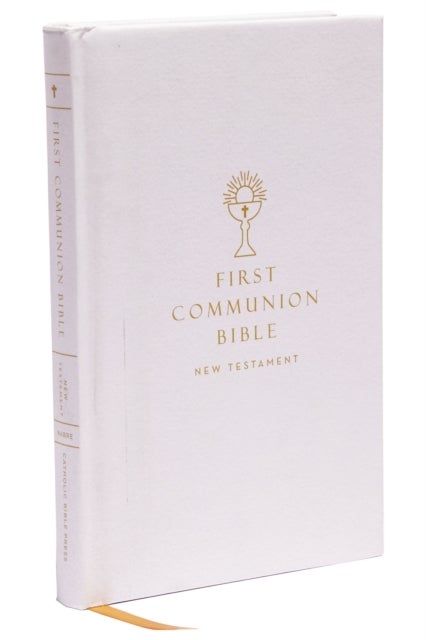
La dolce vita av Richard (King's College London UK) Dyer
199,-
Fellini''s <i>La dolce vita</i> has been a phenomenon since before it was made, a scandal in the making and on release in 1960 and a reference point ever since. Much of what made it notorious was its incorporation of real people, events and lifestyles, making it a documentation of its time. It uses performance, camera movement, editing and music to produce a striking aesthetic mix of energy and listlessness, of exuberance and despair. Richard Dyer''s study considers each of these aspects of the film ¿ phenomenon, document, aesthetic ¿ and argues that they are connected. Beginning with the inspirations and ideas that were subsequently turned into <i>La dolce vita, </i>Dyer then explores the making of the film, the film itself and finally its critical reception, providing engaging new insights into this mesmerising piece of cinema.








